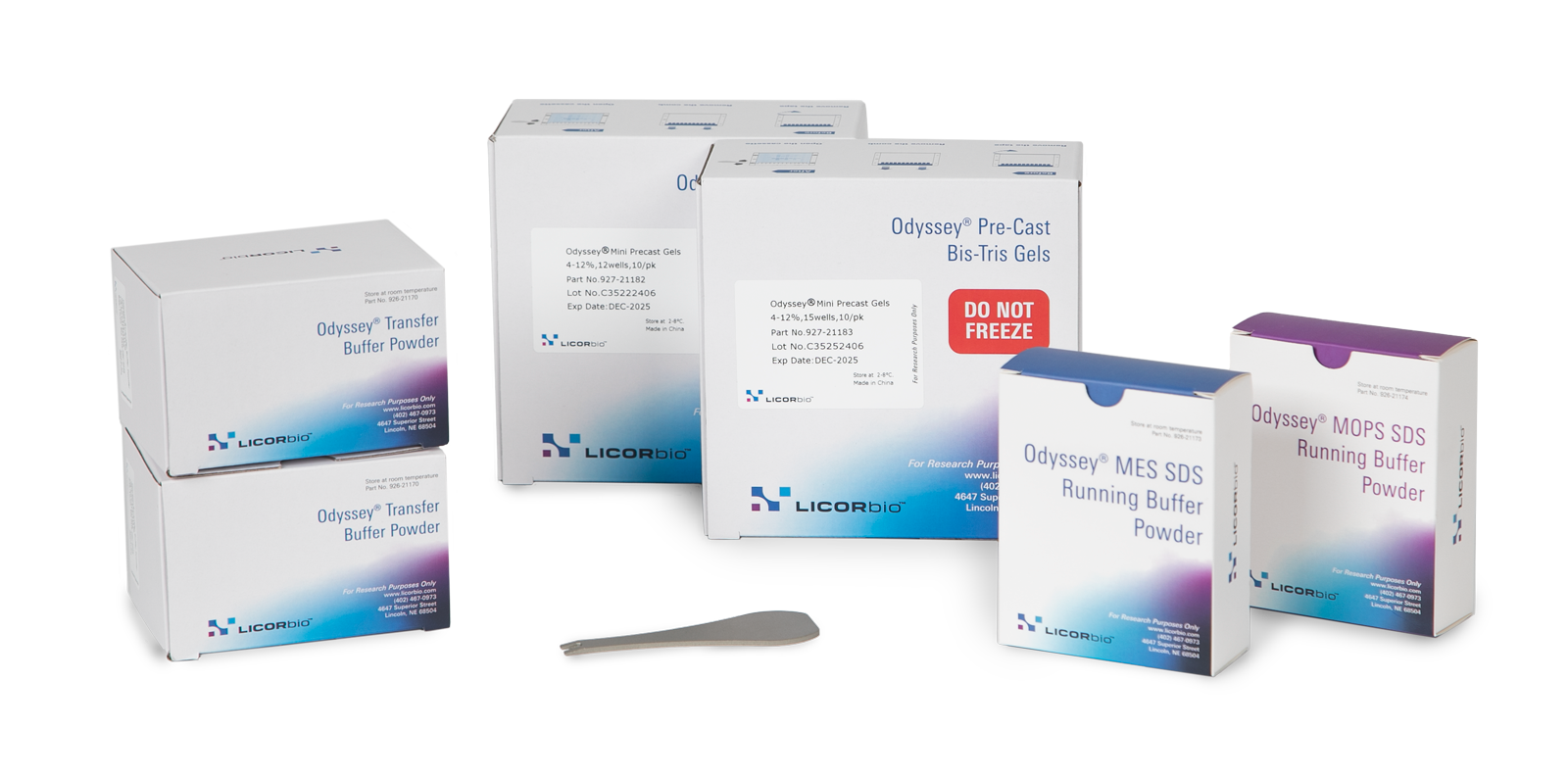Ready To Try IRDye® Infrared Dyes On Your Epifluorescent Microscope?
First, check the microscope's specifications to make sure it is properly configured. Things to consider:
Light source
- Your lamp must provide excitation light in the NIR range. Xenon lamps provide low-intensity but very even excitation light over a broad range, including the NIR. Tungsten-halogen lamps emit very strongly in the NIR, and a combination-arc lamp (such as metal-halide) may also be an option. Mercury lamps have very strong emission in the visible region, but their NIR emission is much weaker.
- To read more about excitation sources, please visit: microscopyu.com.
- Check with the manufacturer of your microscope to find out if your lamp housing has a heat-blocking NIR/IR filter designed to suppress longer-wavelength light. A xenon lamp may have a filter, and a tungsten-halogen lamp is very likely to have one. These filters may interfere with excitation of 800 nm fluorophores.
Camera
- Some CCD cameras, particularly older models, may have poor response (quantum efficiency) at NIR wavelengths. Newer cameras often have a wider response range and are able to detect NIR light with better efficiency. A camera with higher quantum efficiency will give you the brightest signal possible and allow you to use the shortest exposures, thereby reducing the chance of photobleaching or heating of the sample. Some cameras may contain an IR cutoff filter that rejects longer wavelength light. Check with the manufacturer to see if your camera has an IR filter, and if it can be removed.
Optics
- Some objectives may have anti-reflective coatings that could block NIR light. Also, not all lenses are corrected for the chromatic aberration that may occur because of wavelength-dependent variation in the refractive index of glass. This could lead to problems with focus. Older lenses are more likely to be uncorrected for longer wavelengths, and may not give optimal performance. Newer, NIR-capable objectives will offer better light throughput and wavelength correction. To learn more about chromatic aberration, contact the manufacturer of your optics or visit microscopyu.com.
Filters
- Check with the manufacturer to be sure that the emission side of your filter cube does not have a coating that could block NIR light. An empty filter position is required to hold the appropriate NIR filter set.
IRDye 800CW: Several filter sets have reportedly been used successfully to image this dye.
-
IRDye® 800 Infrared Dye Filter Set: Chroma Technology Catalog #41037
Exciter HQ740/35x Dichroic 770DCXR Emitter HQ780LP 2
-
IRDye 800CW Custom Filter Set: composed of three individual filters from Chroma Technology
Exciter HQ760/40x Dichroic 790DCXR Emitter HQ830/50m
-
Cy® 7 Standard Filter Set: Chroma Technology Catalog #41009
Exciter HQ710/75x
Dichroic Q750LP
Emitter HQ810/90m
Set number 2 appears to be the best spectral match, but the other sets are acceptable substitutes.
IRDye 680: For imaging of these dyes, the standard Cy5.5 filter set stocked by Chroma Technology is a good spectral match.
-
Cy® 5.5 (Red Shifted) Standard Filter Set: Chroma Technology Catalog #41022
Exciter HQ665/45x
Dichroic Q695LP
Emitter HQ725/50m
You cannot see near-infrared light when you look through the microscope oculars — it is not visible to the eye. Use a DNA stain such as DAPI or Sytox Green, or co-stain with a visible fluorophore such as Cy3, so you can easily locate cells and focus on them. Then, switch to the NIR channel and use the CCD camera and computer monitor to visualize the NIR image in pseudocolor.
